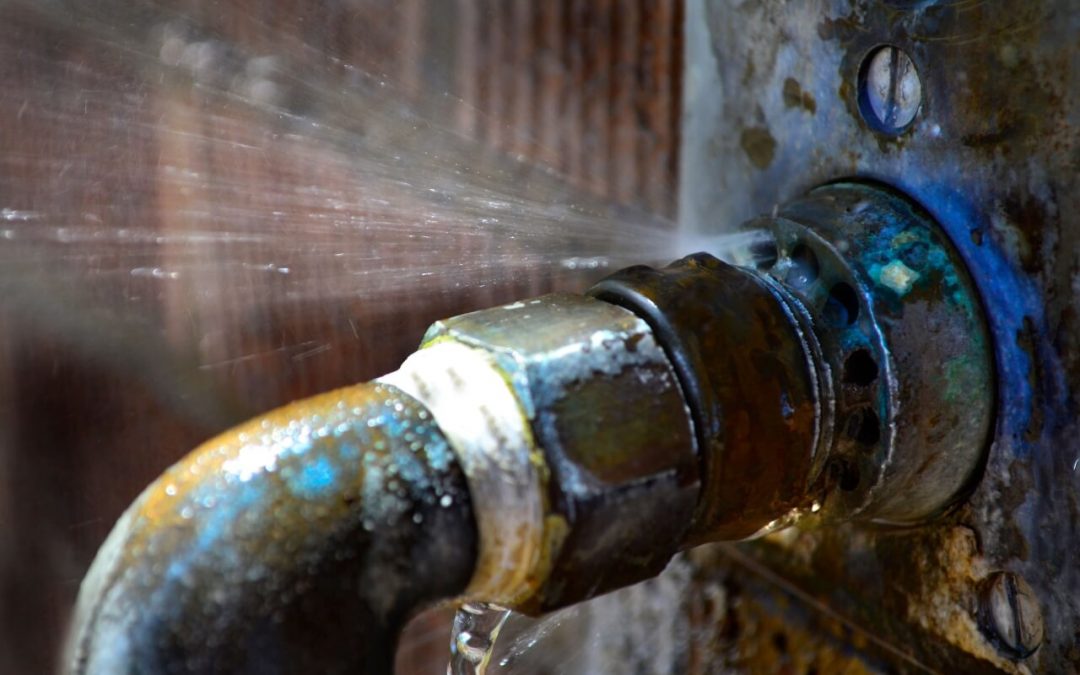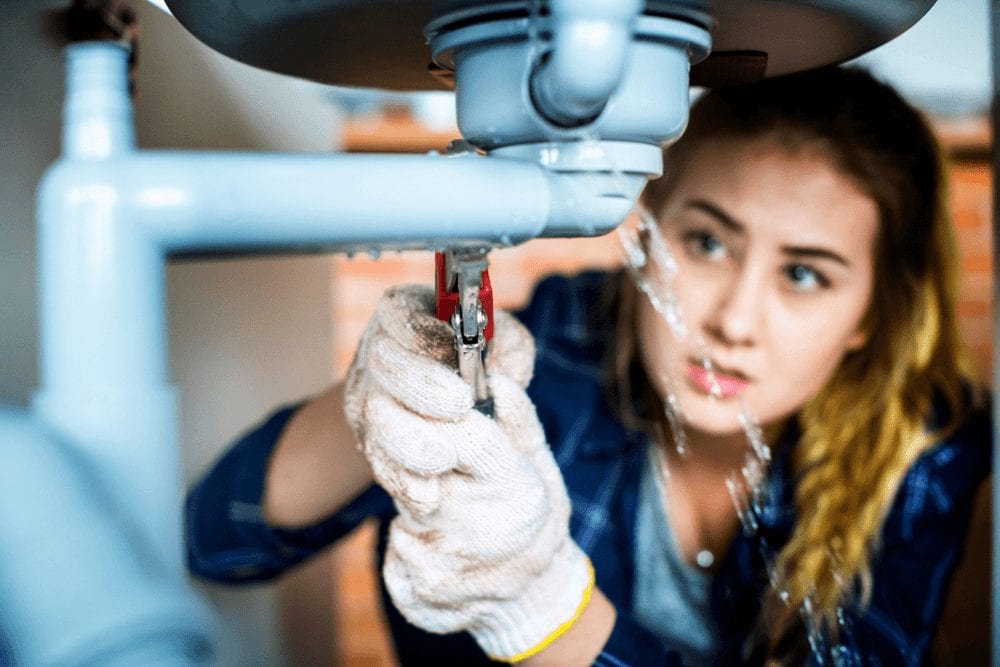Your Guide to Plumbing Issues in Older Homes
Your Guide to Plumbing Issues in Older Homes
Blog Article
They are making several great points on the subject of Plumbing Issues in Older Properties and How to Fix Them overall in the article down below.

Older homes typically feature charm, character, and history, however they can likewise bring a host of plumbing concerns. Whether you're managing maturing pipes, low water stress, or leakages, understanding how to attend to these usual problems is crucial to maintaining a risk-free and functional home. In this overview, we'll check out the common pipes challenges faced by older homes and offer sensible solutions to maintain your plumbing in leading shape.
Understanding Common Plumbing Issues
Aging Pipelines
One of one of the most common issues in older homes is maturing pipelines. Relying on the era in which your home was developed, the pipelines may be made from products that have actually deteriorated over time, such as galvanized steel, cast iron, and even lead. These products can wear away, come to be breakable, or create leakages, leading to water damage and prospective health hazards.
Water High Quality Screening
Older pipes can impact the top quality of your water. Conduct a water high quality test to check for contaminants such as lead, corrosion, or various other pollutants that may be introduced by aging pipes.
Solutions for Common Plumbing Problems
Replacing Aging Pipes
If your home has old, weakening pipes, take into consideration changing them with modern-day materials like copper or PEX. This can be a considerable financial investment, yet it will stop future issues and enhance the security and integrity of your plumbing system.
Fixing Low Water Pressure
To repair low tide pressure, beginning by cleaning or changing old fixtures and eliminating mineral build-up in the pipes. If the problem persists, it may be required to change sections of corroded pipes.
Fixing and Changing Dripping Pipelines
For little leaks, you can use pipe clamps or epoxy putty as a short-lived solution. Nevertheless, it's ideal to replace leaking pipelines entirely to avoid more damages.
Upgrading Components
Updating old components to contemporary, water-efficient designs can boost your home's pipes performance and minimize water consumption. Try to find fixtures with the WaterSense tag for the very best effectiveness.
Dealing with Pipeline Deterioration
If your pipes are rusted, replacing them with corrosion-resistant products like copper, PVC, or PEX is the very best solution. Normal evaluations and water quality upkeep can assist avoid even more corrosion.
Low Tide Stress
If you're experiencing low tide pressure, maybe because of natural resources, corrosion inside the pipelines, or old fixtures that are no longer functioning successfully. This can be a significant trouble, especially in areas like showers and sinks.
Leaking Pipes
Leaks are one more regular concern in older homes, often caused by rusty or damaged pipelines. Also little leakages can result in substantial water damages, mold and mildew growth, and increased water expenses otherwise attended to immediately.
Out-of-date Fixtures
Outdated pipes components such as faucets, commodes, and showerheads not just look old however might also be less effective, susceptible to leakages, or inappropriate with modern pipes criteria.
Pipeline Corrosion
Deterioration is a common trouble in older pipelines, specifically those made from galvanized steel or actors iron. Corroded pipes can restrict water circulation, create discoloration, and at some point lead to leakages or pipe ruptureds.
Analyzing the Problem of Your Plumbing
Inspecting Noticeable Pipes
Begin by examining any kind of noticeable pipes in your house, such as those in cellars, crawl spaces, or under sinks. Look for indicators of corrosion, leakages, or corrosion, which can show underlying concerns.
Checking for Leakages
Check for leaks by checking locations around faucets, toilets, and under sinks. You can additionally check your water meter before and after a duration of no water make use of to discover covert leaks.
When to Call a Professional
While some pipes issues can be managed with DIY solutions, there are times when it's best to call a professional. If you're managing major leakages, extensive rust, or are unclear concerning the problem of your pipelines, an accredited plumbing technician can offer professional analysis and repair.
Preventive Maintenance Tips
Regular Assessments
Consistently check your plumbing system for indicators of deterioration. Catching problems early can protect against expensive repair services down the line.
Water Pressure Regulation
Guarantee your water pressure is within the recommended array to avoid stressing your pipelines and fixtures. A plumbing can install a stress regulatory authority if needed.
Water Quality Upkeep
Set up water filters or softeners if your water quality is poor. This can safeguard your pipelines and fixtures from damage triggered by hard water or impurities.
Aggressive Pipeline Replacement
If your home has older pipes, take into consideration proactive substitute prior to major concerns develop. This can save you from emergency situation repair services and water damages.
Final thought
Taking care of plumbing concerns in older homes needs a mix of caution, preventative maintenance, and prompt upgrades. By understanding the common difficulties and understanding when to look for specialist aid, you can guarantee your plumbing system continues to be functional and trustworthy for many years to find.
Common Plumbing Issues in Older Homes and How to Fix Them
Owning an older home in Australia comes with its unique charm and a set of challenges, especially when it comes to plumbing. The Sunshine Coast has many older properties that can harbour plumbing problems that aren t just inconvenient but potentially costly. Here s a look at some common plumbing issues in older homes and expert advice on how to handle them.
Outdated Piping Materials
Many older homes were built with galvanised steel, cast iron, or even lead pipes, materials that are far from ideal by today s standards. Galvanised pipes are prone to corrosion and clogging, while lead pipes pose serious health risks.
How to Fix:
Replacing old pipes is a job for a professional. Upgrading to copper or PVC piping not only enhances water quality and flow but also increases the property s safety and value. If you suspect your home has outdated materials, a licensed plumber can conduct a thorough inspection and recommend the best course of action.
Corrosion and Pipe Degradation
Over time, exposure to water and minerals can cause pipes to corrode, leading to leaks, bursts, and water contamination. Corrosion is especially common in homes over 50 years old.
How to Fix:
Regular inspections can catch early signs of corrosion. If corrosion is found, the affected section of piping often needs to be replaced. For homes with extensive corrosion, a complete plumbing overhaul might be necessary. It s crucial to consult with a plumbing expert to understand the extent of the issue.
Tree Root Intrusion
Older neighbourhoods usually have mature trees whose roots can intrude into pipe lines, causing blockages or damage. This is particularly problematic for sewer lines, where roots seek out water sources.
How to Fix:
A plumber can use a specialised camera to inspect sewer lines for root intrusion. If roots are a problem, methods like root cutting or hydro-jetting can clear the obstruction. In severe cases, part of the pipe may need replacing. Consider root barriers around the piping to prevent future issues.
Inadequate Water Pressure
Low water pressure in older homes can be due to various factors, including corroded water lines, sediment build-up in pipes, or outdated fixtures.
How to Fix:
First, check if the low pressure is isolated to one area or throughout the house. Replacing old fixtures can sometimes resolve the issue. However, if the problem is more widespread, it might be due to sediment or corrosion. Flushing the system or replacing the affected pipes usually restores normal pressure. Again, a professional assessment is advisable.
Outdated Fixtures
Older homes often feature fixtures that are not only visually dated but functionally inefficient. This includes everything from toilets and taps to showerheads and washing machine hoses.
How to Fix:
Updating these fixtures can improve both water efficiency and the aesthetic appeal of your home. Modern fixtures are designed to conserve water, which can significantly reduce your water bill and lessen your environmental impact.
Conclusion
Maintaining the plumbing in an older home requires a proactive approach. Regular checks and updates are key to preserving these beautiful properties. If you re facing plumbing issues in your older home, it s best to call on experienced professionals like Green & Gold Plumbing & Gas. With the right expertise, even the most daunting plumbing problems can be resolved, ensuring that your home s character is maintained while its functionality is enhanced.
https://gandgplumbing.com.au/common-plumbing-issues-in-older-homes-and-how-to-fix-them/

I was introduced to that write-up about Plumbing Issues in Older Properties and How to Fix Them from a buddy on another web blog. Enjoyed reading our blog posting? Please quickly share it. Let another person check it out. Thanks for being here. Come back soon.
Explore Now Report this page